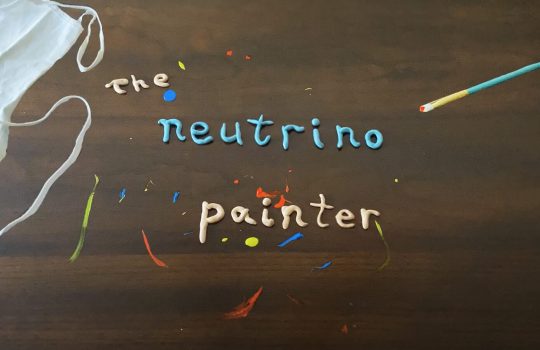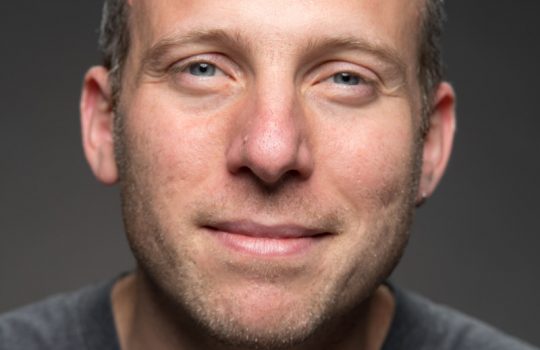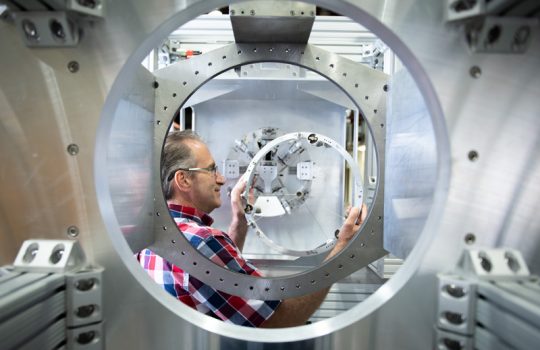UArizona collaborates on $115M effort to build quantum computer
- Arizona
- quantum computing
- quantum information science
- quantum science
- quantum sensor
- SQMS Center
- Superconducting Quantum Materials and Systems Center
- University of Arizona
From University of Arizona, Sept. 2, 2020: Three University of Arizona researchers are involved in the Fermilab-hosted Superconducting Quantum Materials and Systems Center, which is part of a $625 million federal program to foster quantum innovation in the United States.



